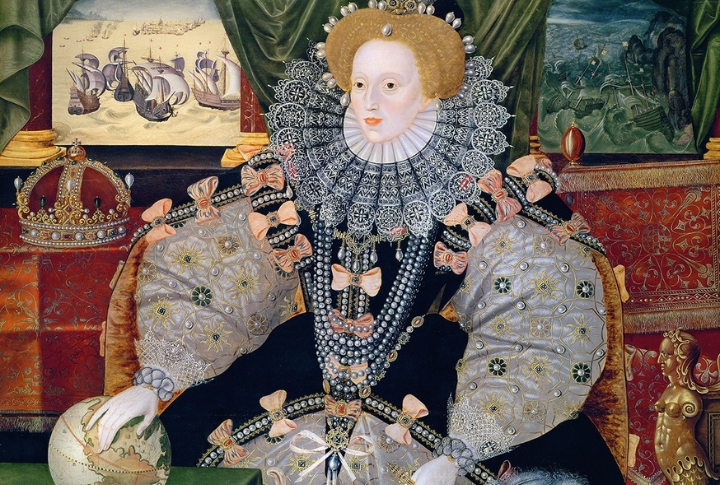
From 1485 to 1603, the Tudor Dynasty ruled and revolutionized England, with monarchs like Henry VIII and Elizabeth I redefining the nation’s politics and culture. This period saw intense religious conflict, strategic alliances, and bold leadership. The influential people in this article shaped the course of England’s future.
Henry VII
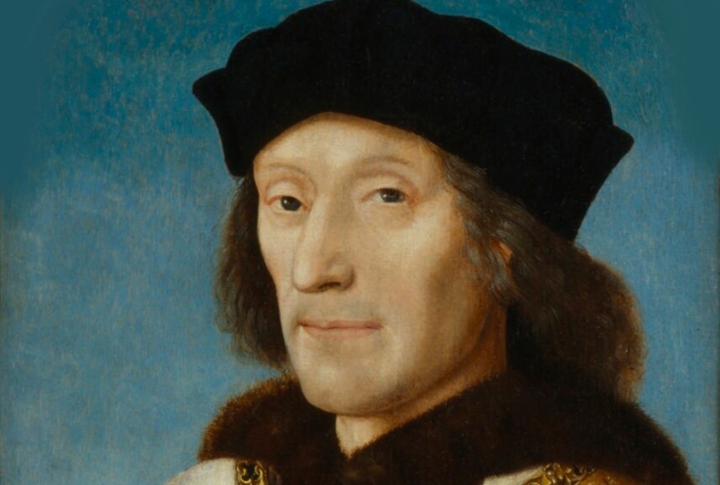
Henry VII’s victory in 1485 in the Bosworth battle ended the Wars of the Roses, establishing the Tudor dynasty. As the first Tudor king, he secured his rule by marrying Elizabeth of York, uniting two warring factions. His reign set the stage for a new era in English history.
Henry VIII
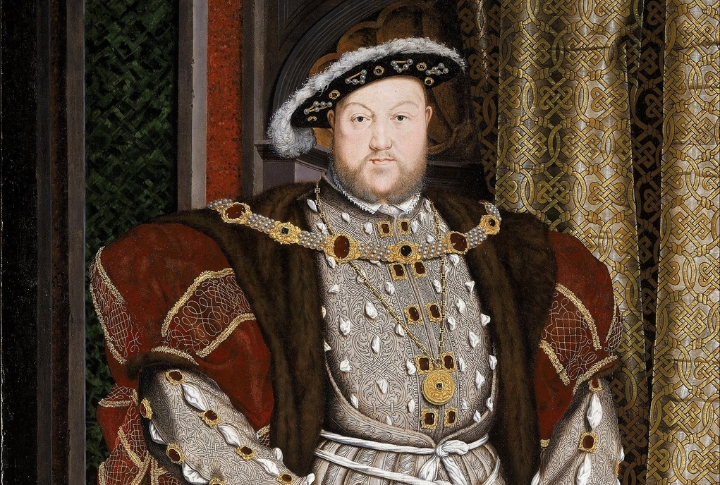
Henry VIII’s break from the Catholic Church sparked the English Reformation. His creation of the Church of England broke with centuries of tradition, altering England’s religious and political systems and giving the crown greater power over both church affairs and state governance. You might also know him for his six marriages.
Elizabeth I
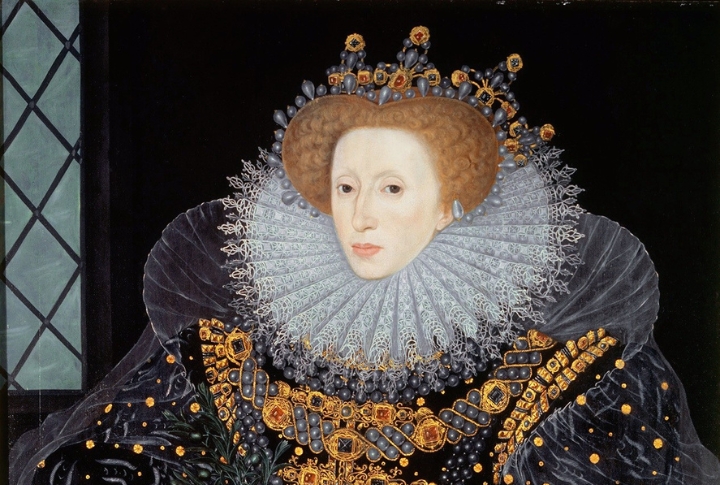
During her reign, Elizabeth I secured Protestantism and expanded England’s influence, most notably by defeating the Spanish Armada in 1588. From 1558 to 1603, her reign was a time of political stability and prosperity. Elizabeth’s legacy as a strong, strategic leader elevated England’s status as a global power.
Edward VI
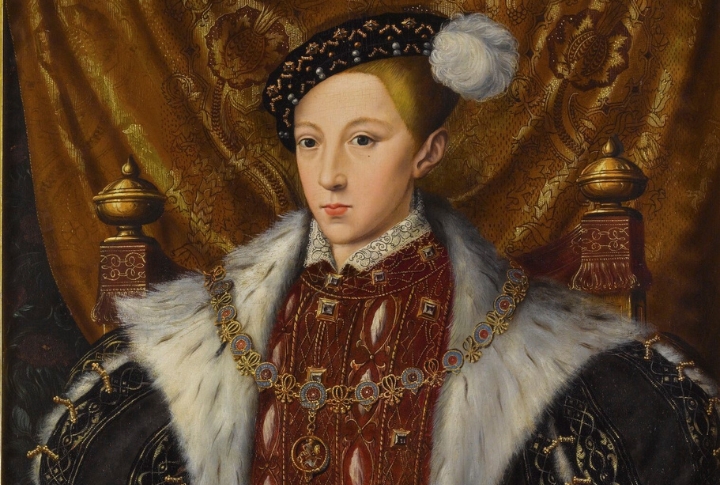
At the tender age of nine, Edward VI inherited the English throne from his father, Henry VIII, in 1547. Despite his youth, his five-year reign was a catalyst for profound Protestant transformations, most notably the introduction of the Book of Common Prayer. Edward’s rule ended abruptly with his death at fifteen in 1553.
Mary I
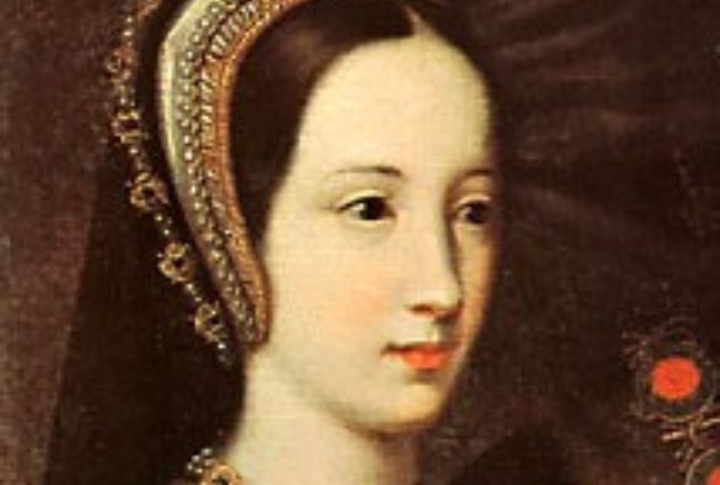
Ruling England, as the daughter of Henry VIII, was resolute in her mission to restore Catholicism. Her stringent measures resulted in the execution of hundreds of Protestants, which solidified her infamous nickname. Mary’s tenure was plagued by political turmoil and the significant loss of England’s territories in France.
Anne Boleyn
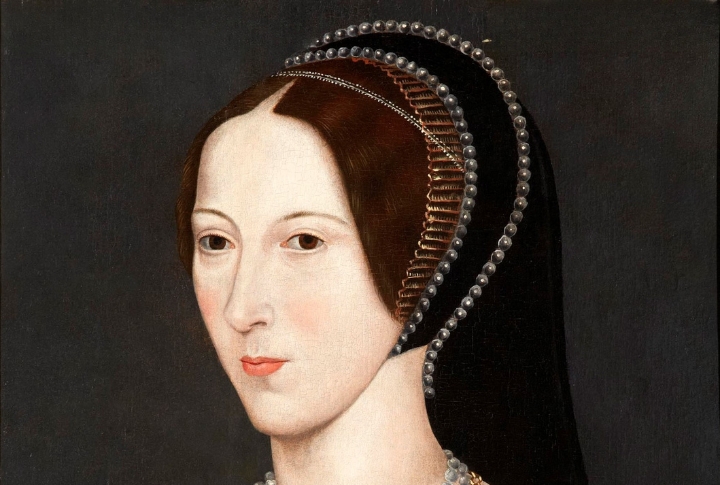
The marriage of Anne Boleyn to Henry VIII set off the English Reformation. Her unwillingness to accept Henry’s religious changes led to her execution in 1536. Anne’s influence persisted through her daughter, Elizabeth I, who became one of England’s most impactful and beloved queens.
Thomas Cromwell
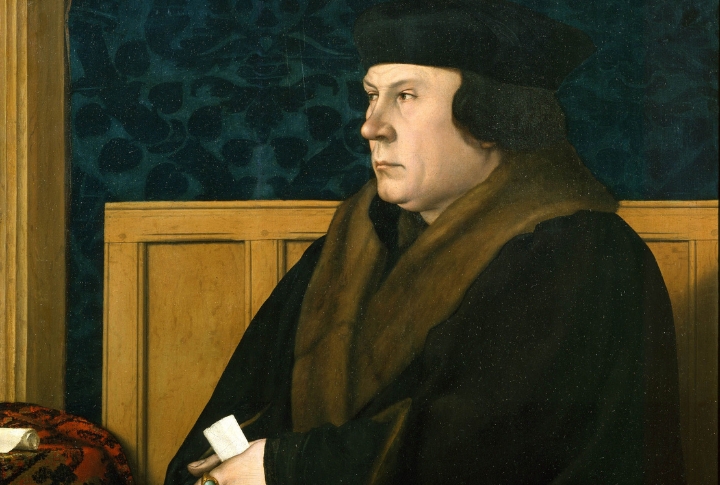
Thomas Cromwell swiftly rose through Henry VIII’s ranks, becoming his chief minister. However, political intrigue led to his dramatic fall from power. Cromwell orchestrated Henry’s divorce from Catherine of Aragon, pivotal for the English Reformation. As a skilled statesman, he was both a visionary reformer and a contentious figure in Tudor England.
Catherine Of Aragon
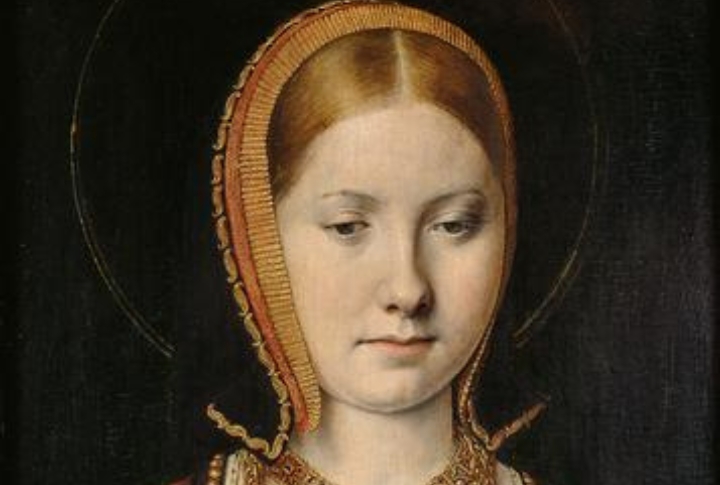
England’s split from the Catholic Church was ignited by Catherine of Aragon’s unwavering opposition to Henry VIII’s annulment request. Her marriage to the king was the foundation of this seismic shift, as her fierce resistance ultimately set in motion the English Reformation, which forever changed the nation’s religious identity.
Thomas More
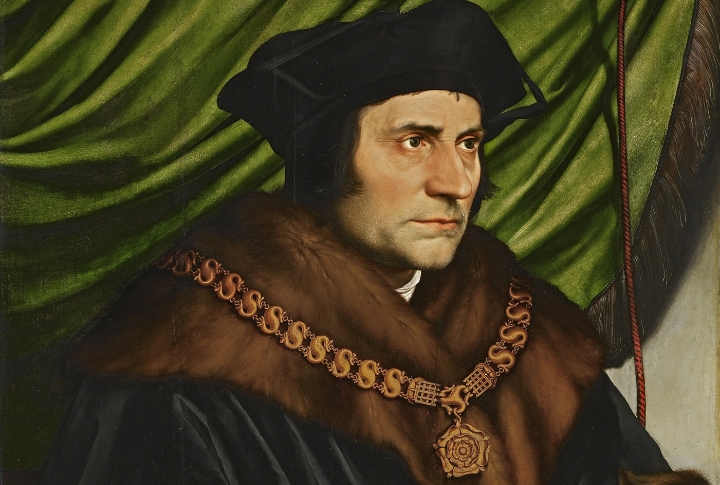
1535 marked the execution of Thomas More, whose martyrdom became a lasting symbol of faith and defiance against authority, inspiring future generations. As a devout Catholic and Henry VIII’s advisor, he steadfastly opposed the king’s separation from Rome, who refused to recognize Henry’s supremacy.
Robert Dudley
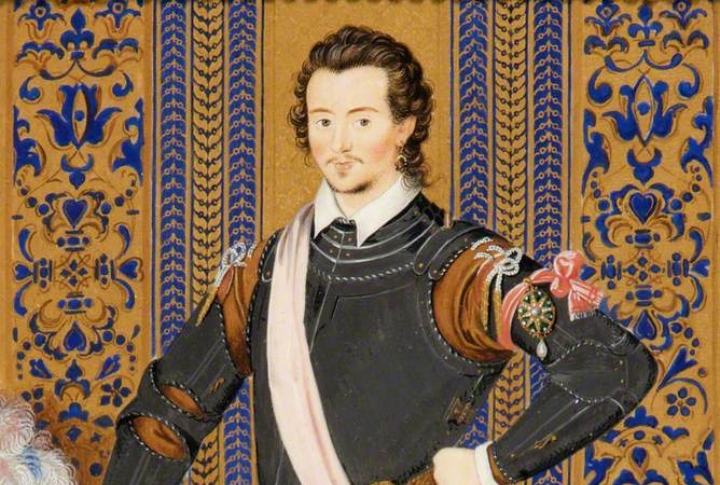
Through strategic political maneuvering, Robert Dudley secured his power as Earl of Leicester in Queen Elizabeth I’s court. Despite the scandal from his rumored affair with the queen and his personal misfortunes, Dudley remained a favorite and maintained significant influence over Elizabeth.
Lady Jane Grey
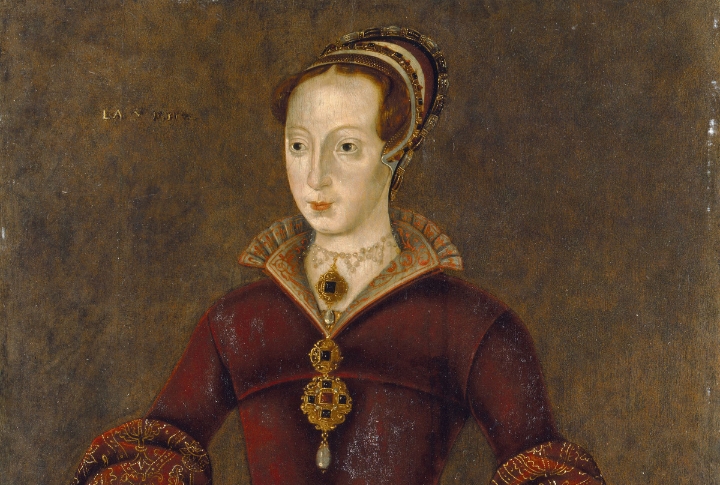
Emphasizing the hazards of Tudor’s succession, her tragic end reflects the period’s ruthless politics. Lady Jane Grey was queen for a mere nine days before being deposed. Her claim was decisively ended in the year 1553. Her swift downfall underscores the brutal competition for the throne during the Tudor reign.
Mary, Queen Of Scots
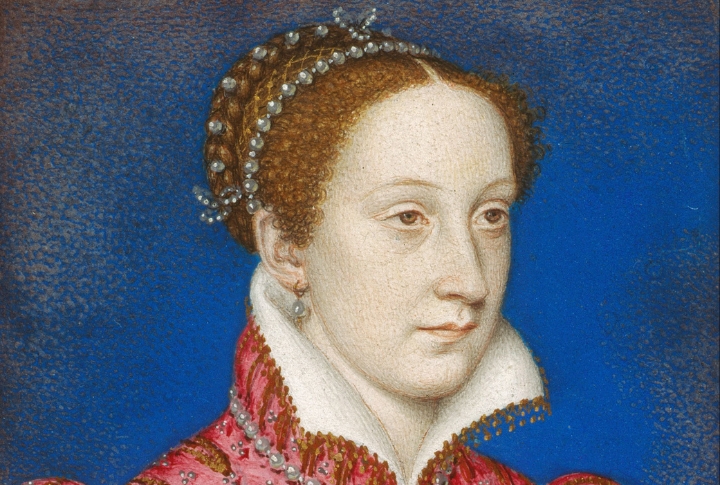
Mary, Queen of Scots, was a Catholic rival to Elizabeth I. Her claims to the English throne led to years of political and religious tension. Mary’s execution in 1587 marked a turning point, sealing Elizabeth’s Protestant legacy while quelling Catholic threats to her rule.
Sir Francis Drake
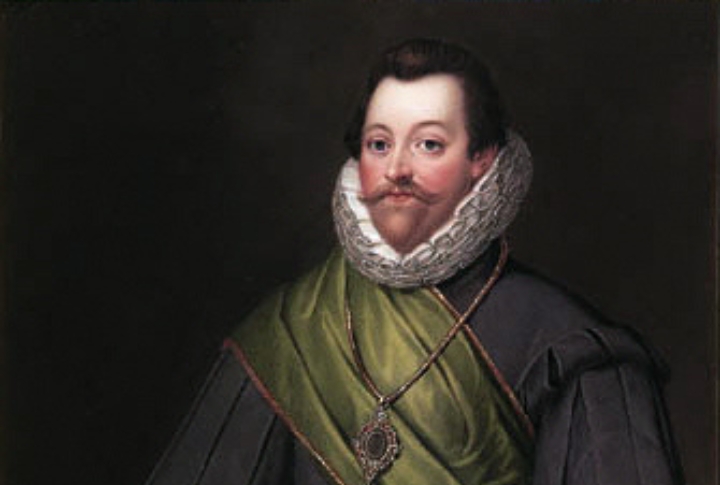
1588 marked a pinnacle for Sir Francis Drake’s naval exploits and solidified his status as England’s hero. His remarkable circumnavigation of the globe had already enhanced his adventurous legacy. In that pivotal year, his triumph over the Spanish Armada secured his place among history’s finest sailors.
Thomas Wolsey
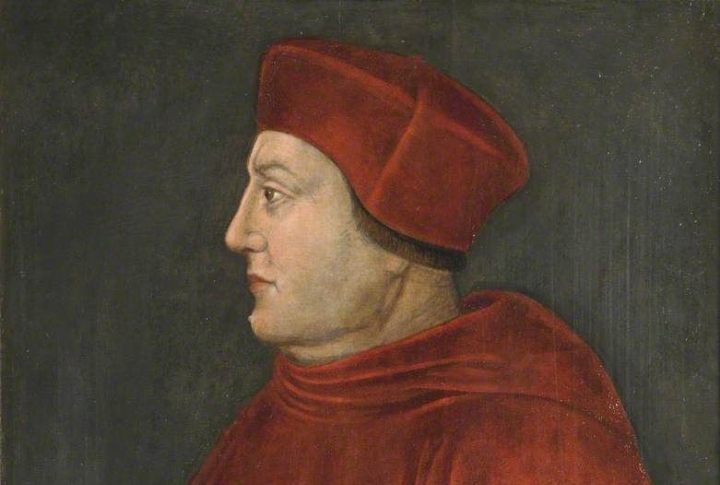
The inability of Thomas Wolsey to secure an annulment for Henry VIII’s union with Catherine of Aragon triggered his downfall. Serving as Henry’s chief advisor and a distinguished cardinal, Wolsey’s rise was significant, but his failure underscored the fragility inherent in Tudor court dynamics.
Richard III
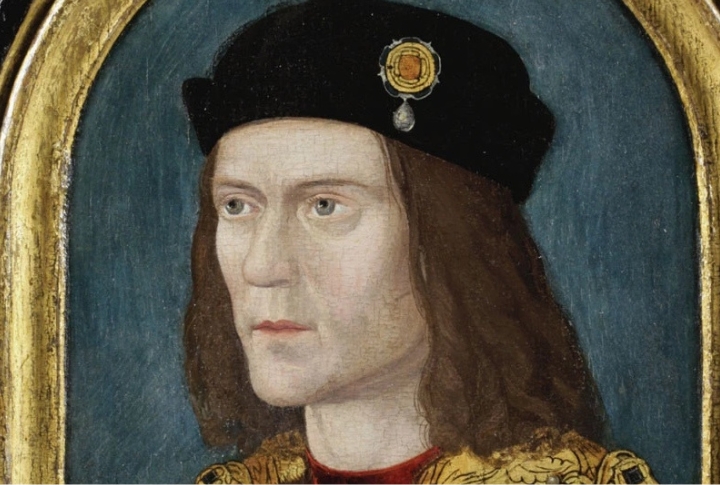
Under Richard III’s rule, England experienced significant opposition and turmoil. As the last Plantagenet king, his governance was heavily contested. His defeat by Henry VII at the Battle of Bosworth in 1485 brought the Wars of the Roses to a close.
Henry Howard, Earl Of Surrey
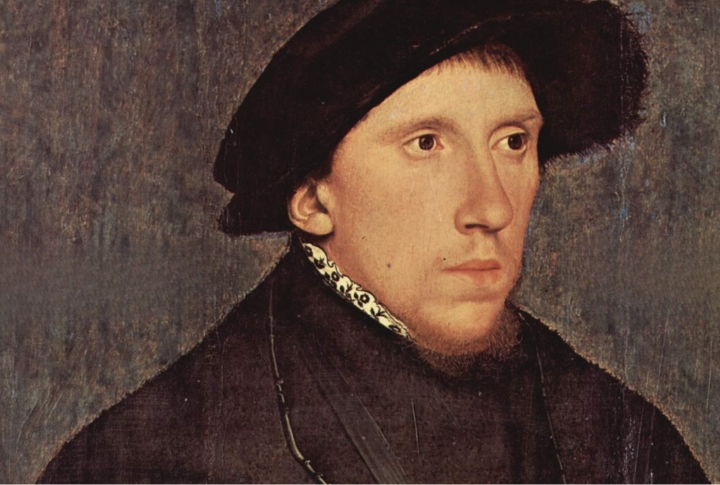
With a profound impact on English literature, Surrey’s legacy endures despite his political downfall. Henry Howard, Earl of Surrey, was a nobleman and innovative poet during the English Renaissance. He introduced the sonnet and made his reputation as a cornerstone of English literary tradition.
Catherine Parr
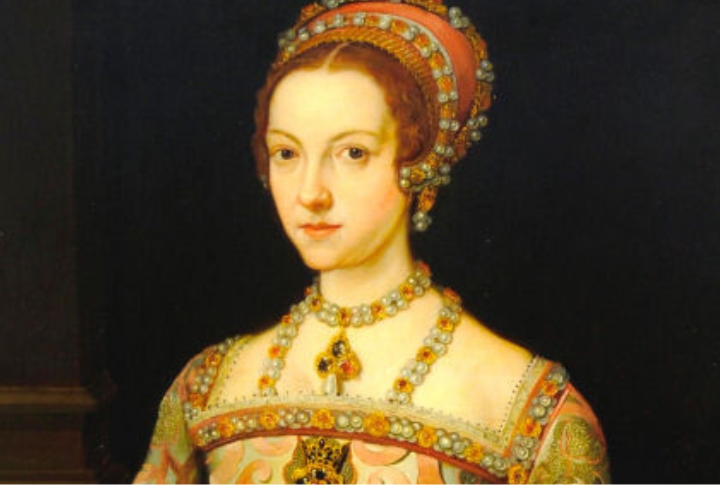
Catherine Parr exerted considerable influence at the Tudor court, aiding in the stabilization of the monarchy. Married to Henry VIII as his sixth and final wife, she had to deal with complex marriage dynamics. Moreover, Catherine was pivotal in Elizabeth I’s education as she ensured her readiness to rule.
Thomas Cranmer
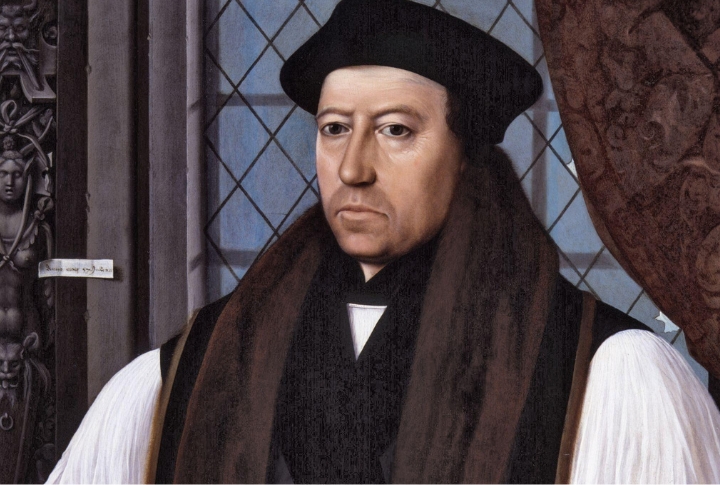
As Archbishop of Canterbury, Thomas Cranmer was a key figure in the English Reformation. He helped Henry VIII break from the Catholic Church and shaped the doctrines of the Church of England. His influence extended through the reigns of Edward VI and Elizabeth I, who made Protestant reforms that would define England’s religious future.
Henry Stafford
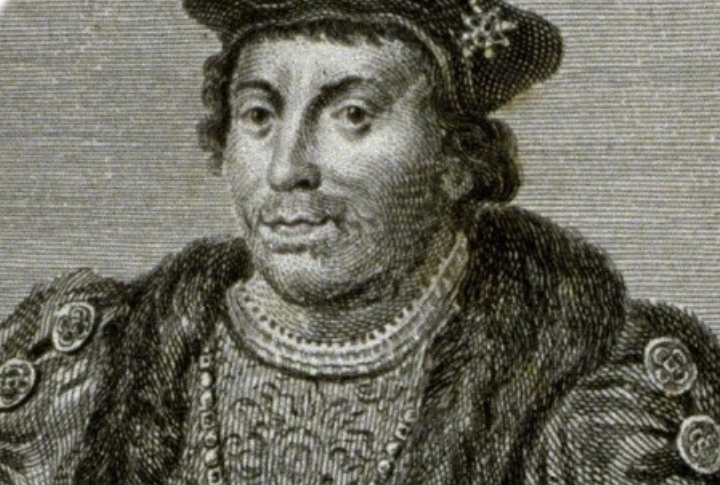
Ruthless ambition defined Buckingham’s short-lived rise and dramatic fall. Henry Stafford, 2nd Duke of Buckingham, played a significant role in the Wars of the Roses and subsequently rebelled against Richard III. His determined political actions led to his execution, which showed the risks of disloyalty in Tudor England.
Sir Walter Raleigh
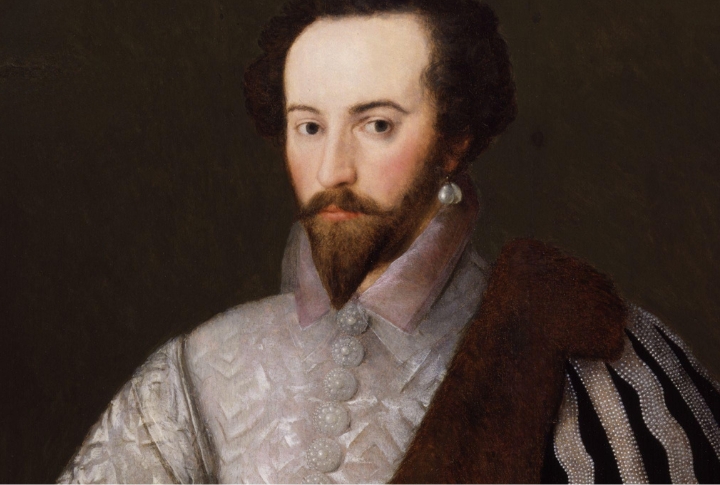
Sir Walter Raleigh, explorer and court favorite, led expeditions to the Americas and played a key role in the early English colonization efforts. His colorful life and political intrigue at Elizabeth I’s court made him one of the era’s most fascinating figures. Raleigh’s legacy endures in history and literature.

